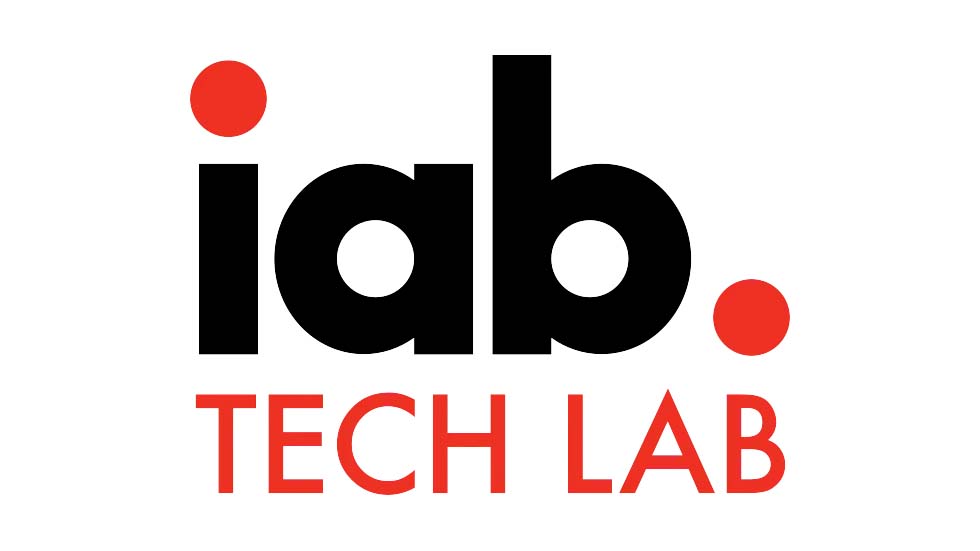With DTV interference looming, Powell suggests smarter receivers
As the broadcast industry braces for possible DTV interference problems when new digital stations ratchet up to full power this month, FCC Chairman Michael Powell is looking ahead for new technology to solve the problem.
In his speech at the University of Colorado last week, Powell noted that one of the FCC's core missions‚ “preventing broadcasts from interfering with one another‚” needs to be updated to account for new technology. The government addresses interference problems, he said, by limiting the power and emissions from transmitters and requiring broadcasters and wireless companies to get FCC permission before expanding their operations.
Powell said the FCC should examine whether technology‚ “particularly smarter receivers that can filter unwanted signals‚” can replace or modify regulations as solutions to interference problems.
However, the chairman could be getting ahead of himself. With the FCC's November 2002 DTV construction extension deadline coming to an end, the number of DTV stations on the air is increasing rapidly. The industry is keeping a close eye out for signal interference. Previously, there had been a few problems of interference between DTV signals, mostly in areas near large bodies of water.
However, the real test is in the days ahead, when larger numbers of stations crank up their power levels. Only then will broadcasters learn whether the mathematical computer models they used to assign DTV channels actually work. There’s a fear in the engineering community that these simulations, which were less costly than real-world field-testing, will come back to haunt the broadcasters.
The Association for Maximum Service Television (MSTV) is monitoring new DTV installations in attempts to log any reports of signal interference.
The professional video industry's #1 source for news, trends and product and tech information. Sign up below.
